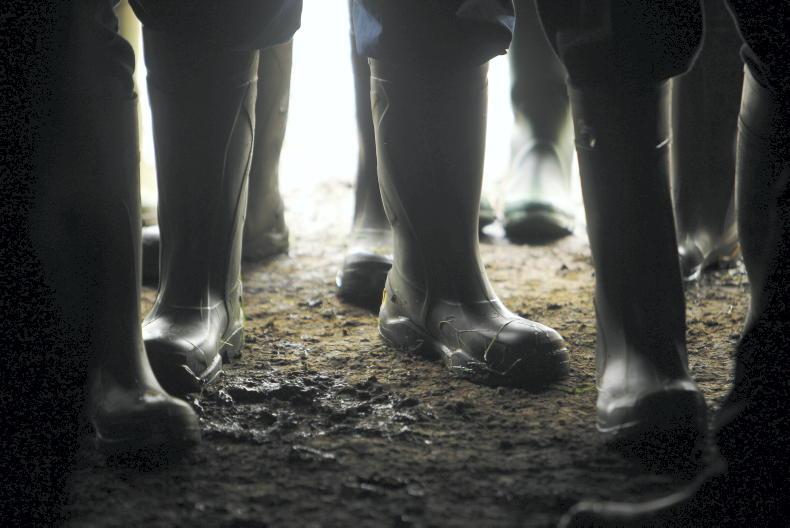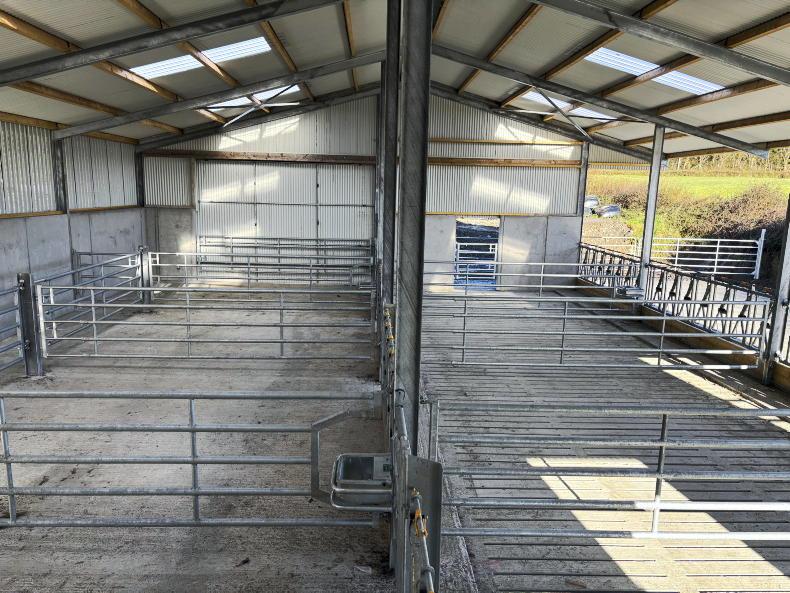Although some aspects of the new nitrates action programme have officially been in operation since the back end of 2022, one of the most contentious measures has only been in operation two weeks but questions still remain on how it is to be implemented.
One of the big questions is about the reference milk production year for the nitrogen excretion rate band.
Initially, the Government said that the reference would be an average of the last three years' milk production per cow - ie a rolling three-year average.
Average
According to the statutory instrument signed by Minister Darragh O’Brien just before Christmas, farmers will now be able to elect whether they agree to a three-year rolling average or just 2022 milk production.
The document states: “From 2023 onwards, the N excretion rate of the dairy cow will be determined by the average milk yield per annum for the three preceding years or the year preceding the implementation of the respective band.”
The Irish Farmers Journal has requested clarity from the Department of Agriculture as to what this sentence means in practice.
For example, can a farmer still select 2022 as the reference year even in 2024 and beyond? There is certainly ambiguity as to how that sentence can be interpreted.
If so, how will the rules account for a farmer whose herd produces more milk per cow and should, by right, be in a higher band than their 2022 figure?
Inclusion
To be fair, the inclusion of the ability to use 2022 as a reference year on its own was a gesture for farmers whose three-year average was only slightly above the threshold into a higher band.
These farmers argued that they didn’t have sufficient time to make changes to their system to get into a lower band. In many cases, being able to use 2022 as a reference year will help these farmers.
Other issues concern the administration of banding and how farmers will inform the Department of what band they should be in.
The Irish Farmers Journal understands that the Irish Cattle Breeding Federation (ICBF) is preparing a template for every dairy farmer or their agent to submit to the Department detailing what band they should be in.
However, this document is supposed to be submitted to the Department by 14 February of each year and, as of yet, there has been no communication by the Department as to what farmers need to do to comply.
Related to this is that the statutory instrument states that farmers who do not submit this form will be deemed to be in the highest band.
This then begs the question whether herds that have not yet submitted their milk records are presumed to be in the top band of excretion rates per cow between 1 January and up to whatever date they submit their records.
The issues around banding stem from the fact that the Government doesn’t hold any milk yield data on individual farms. This is held by the co-ops and the ICBF - and these organisations will not share information unless instructed to do so by the farmer.










SHARING OPTIONS